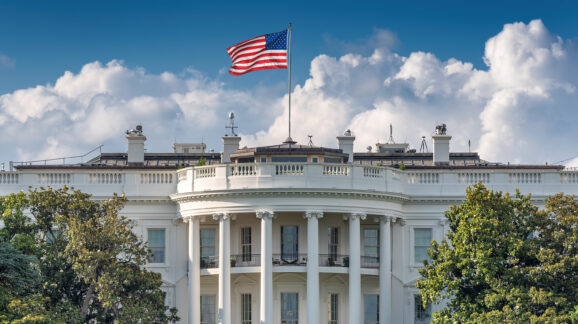Trump EO reflects big drawbacks of government unions: CEI analysis

Photo Credit: Getty
President Trump signed an executive order on March 27 to end collective bargaining with public sector unions in certain agencies with national security missions. CEI President Kent Lassman and labor policy expert Sean Higgins commented on drawbacks associated with government unions that led to this decision.
Kent Lassman, CEI president;
Collective bargaining by public sector unions is a bad idea that is due for the dustbin. James Madison observed that no man can be a judge in his own case. Likewise, unions sit on both sides of the negotiating table because they are both a political constituency with considerable electoral clout and beneficiaries of unbalanced contracts. No one should be represented on both sides of a negotiation, especially when it leaves the rest of America on the outside, paying the bill.
Sean Higgins, CEI labor policy expert:
President Trump has turned America’s attention to a worthy cause with an expansive executive order aimed at ending collective bargaining in portions of the federal workforce.
While the President’s order is rooted in his constitutional duties for national security, it will remove a barrier to better management and more efficient government agencies.
Taxpayers deserve a government that prioritizes citizens, not the bureaucracy. The problem with collective bargaining is that it prioritizes federal workers’ interests over taxpayer interests or other national interests spelled out in law.
Defenders of government unions note that the unions typically can negotiate only conditions of employment, not pay, benefits, or hiring and firing decisions, But if the unions’ role is so limited, that begs the question of why they exist at all.
The national security arguments invoked by Trump’s executive order may seem tendentious., but tighter managerial controls are appropriate for a regulatory state that too often acts without accountability to democratically elected officials.